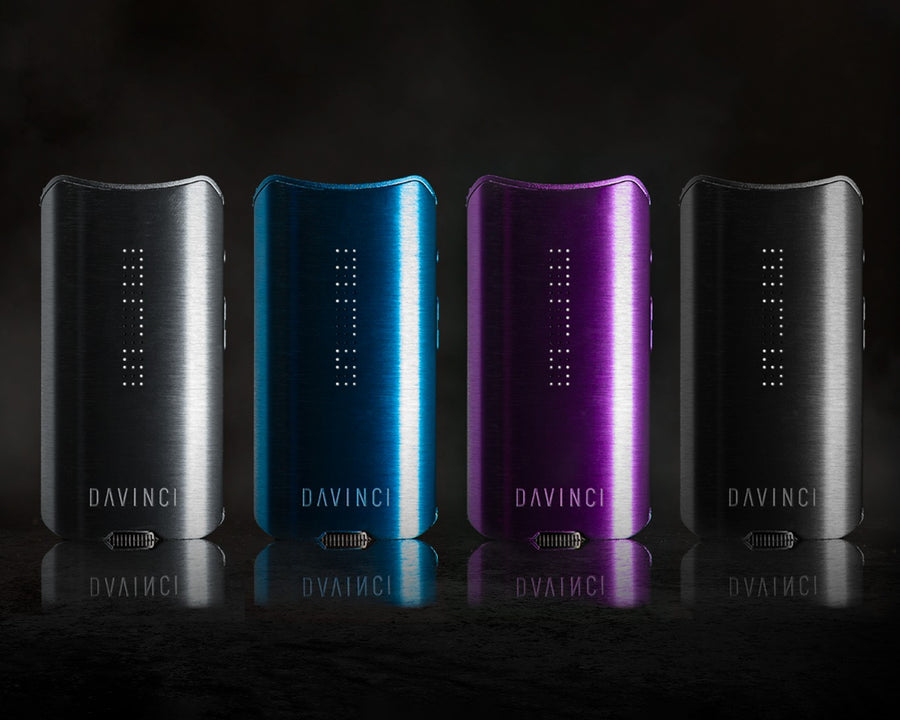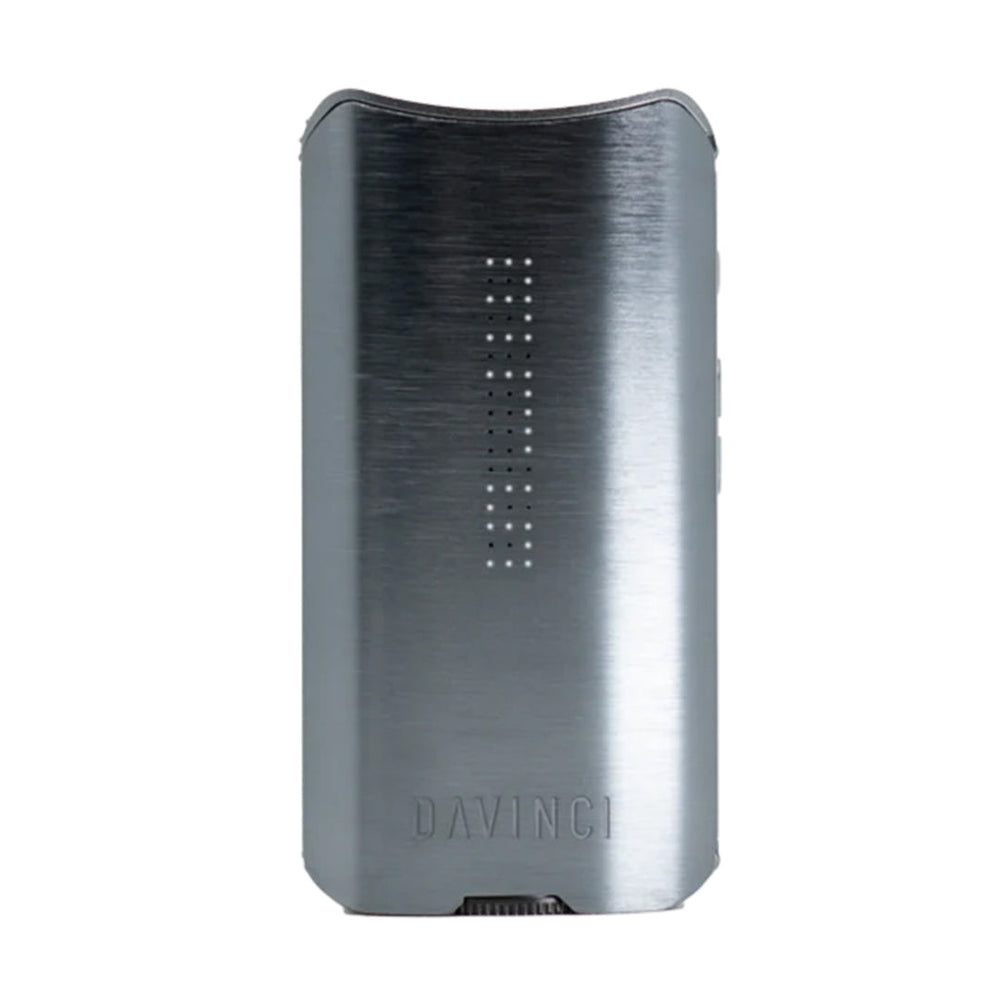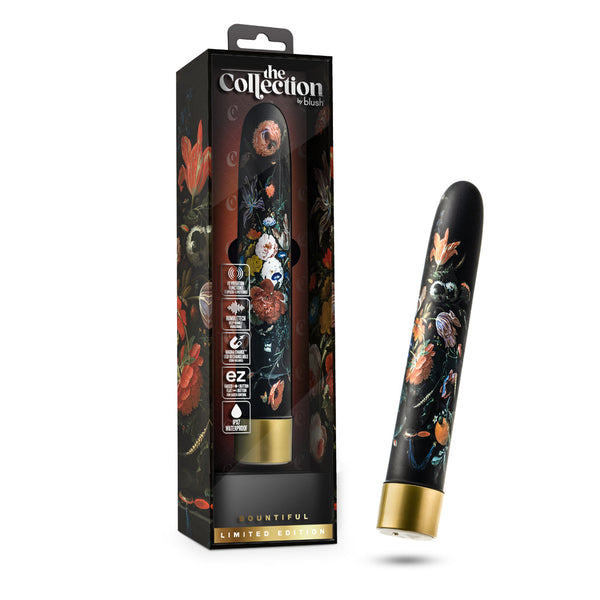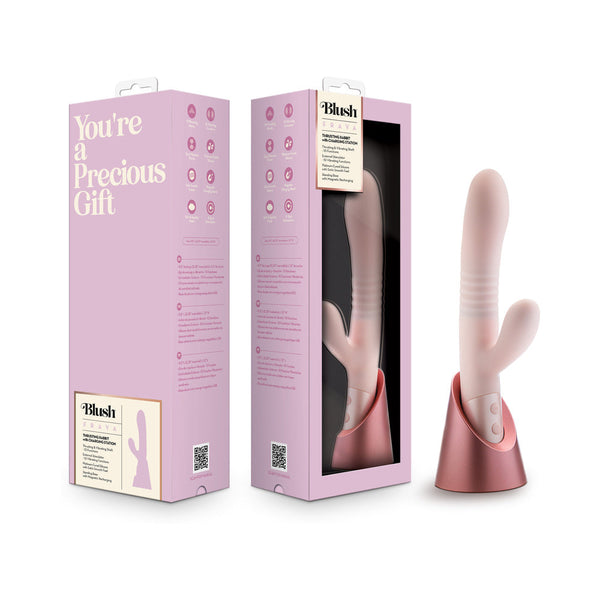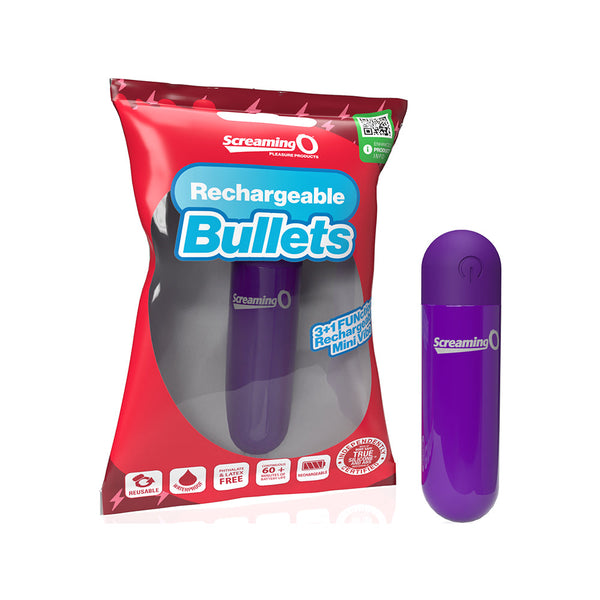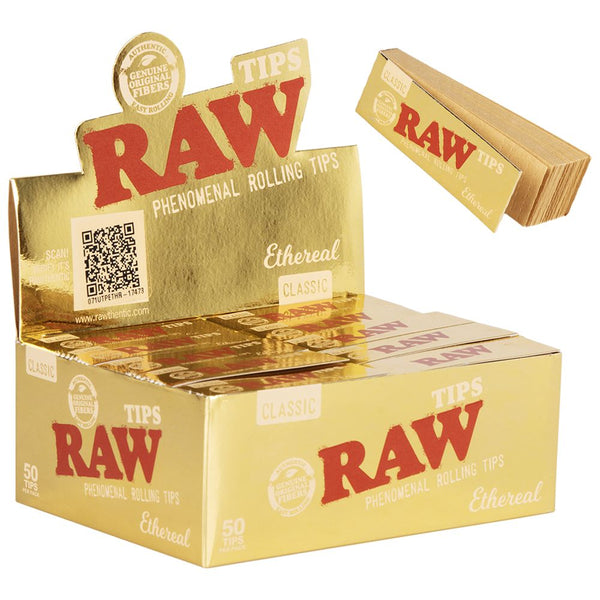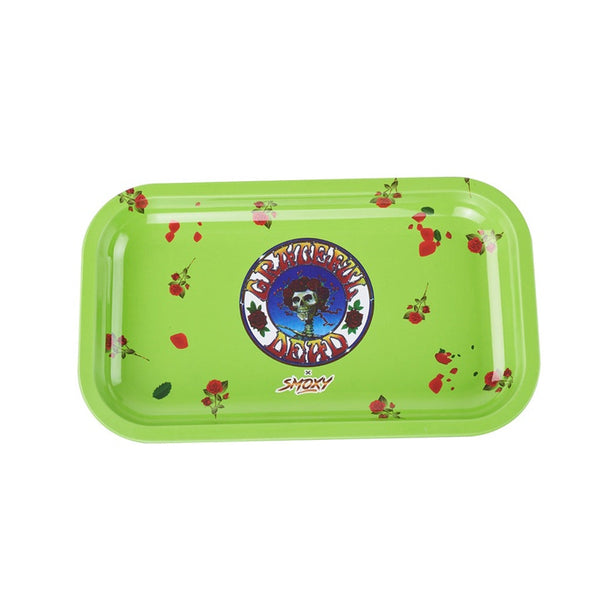Is Dabbing Better Than Smoking? The Risks and Benefits Compared

Many cannabis users wonder, "Is dabbing better than smoking?" This question often comes up when deciding how to consume marijuana effectively and safely. Both methods offer unique experiences but come with their own risks and benefits.
Choosing the right option depends on understanding key differences between them.
Dabbing involves vaporizing concentrated cannabis extracts, which can have THC levels as high as 90%. Smoking marijuana, on the other hand, uses traditional flower material with lower THC content.
These two methods differ in potency, health impact, and ease of use.
This blog will break down the pros and cons of each method. It will also explore related health effects and introduce safer alternatives for consuming cannabis. Keep reading to make an informed choice!
Dabbing vs. Smoking: Key Differences
Dabbing and smoking differ in how they deliver cannabis compounds to the body. These methods also vary in their effects, making each option appeal to different user preferences.
Potency and THC Content
Concentrates often have significantly higher THC levels than cannabis flower. While West Coast strains can reach up to 30% THC, shatter—a popular concentrate—contains much more, making it the most potent option.
Dab wax holds slightly less potency due to impurities but still far exceeds standard marijuana.
“Shatter offers unmatched potency for those seeking stronger psychoactive effects.”
Cannabis oil used in vape pens is less concentrated compared to shatter or dab wax, providing a milder experience. Higher THC content in dabs leads to faster effects and intense highs, appealing to experienced users familiar with cannabinoids and extracts.
Method of Consumption: Vaporization vs. Combustion
Dabbing relies on vaporization, while smoking uses combustion. Vaporization heats cannabis concentrates to precise temperatures, avoiding the harmful byproducts created by burning plant material.
Combustion in smoking produces irritants like tar and carbon monoxide that can negatively impact lung health.
Vaporization offers a cleaner method of inhalation with fewer toxins entering the body. This process depends heavily on product purity and maintaining proper temperature control during heating.
Smoking, though more accessible for many users, introduces more harmful compounds into the respiratory system due to higher levels of heat and combustion byproducts.
Benefits of Dabbing
Dabbing delivers a concentrated dose of THC, offering intense effects with small amounts. It also avoids the harmful byproducts caused by burning plant material.
Faster Onset of Effects
Dabbing offers a quick onset of effects that many users value. Vaporizing cannabis concentrates allows the active compounds to enter the bloodstream rapidly. This fast-acting benefit can provide almost immediate effects, which is ideal for experienced users seeking efficiency.
The swift impact of dabbing makes it well-suited for those managing symptoms like pain or stress. Compared to smoking, it delivers results faster and with greater potency. Users often describe the prompt effects as more intense and concentrated due to the high THC content in extracts.
Reduced Combustion Toxins
Vaporization in dabbing avoids the combustion process, drastically reducing the release of harmful toxins. Smoking relies on burning, which produces irritants like tar and carcinogens that can harm lung health.
In contrast, dabbing heats cannabis concentrates with a controlled temperature element, preventing these unwanted byproducts.
This method preserves terpenes and cannabinoids for smooth inhalation while minimizing residue left behind. With fewer combustion toxins present, users may experience a healthier alternative compared to traditional smoking methods.
Higher Potency for Experienced Users
Dabbing offers intense effects due to its high potency. Cannabis concentrates, like shatter or wax, contain higher THC levels compared to traditional marijuana. While a gram of cannabis flower might have 15-25% THC, concentrates can deliver up to 80%.
This makes dabbing suitable for experienced users who seek stronger and faster results during cannabis consumption.
Using concentrated THC allows seasoned consumers to achieve effects with smaller amounts. Cannabis dabbing also provides a more sophisticated experience with less plant material involved.
For those accustomed to the impact of marijuana concentrate, this method ensures maximum efficiency paired with powerful sensations.
Risks of Dabbing
Dabbing often involves handling highly concentrated cannabis extracts, which can pose challenges for inexperienced users. Improper processing of concentrates may introduce harmful substances into the final product.
Difficulty Controlling Dosage
High potency in cannabis extracts can make dosage control challenging for users. Small miscalculations with a dab rig may lead to consuming too much THC, resulting in intoxication or prolonged effects.
Unlike smoking, where the amount is easier to gauge, concentrated cannabis increases the risk of overdosing due to its unpredictable potency.
Frequent dabbing can also contribute to rapid tolerance buildup. This forces users to consume more over time to achieve similar effects, further complicating dosage management. The inhalation method delivers THC quickly into the system, leaving little room for adjustment if an excessive dose is taken initially.
Potential for Contaminants in Extracts
Concentrate extraction methods like butane extraction can introduce harmful contaminants into cannabis extracts. Improperly purged butane hash oil (BHO) may contain residual solvents like butane, which pose health risks when inhaled.
The process can also create carcinogens such as methacrolein and benzene, especially if handled incorrectly.
Hydrocarbon extraction techniques often require precise control to prevent dangerous byproducts from forming. Poor-quality concentrates tainted with toxins or pesticides increase dabbing dangers significantly.
These contaminants may lead to adverse effects or long-term health concerns for users consuming untested products.
Higher Risk of Adverse Effects such as Paranoia or Nausea
Dabbing can cause stronger adverse reactions due to its high THC concentration. Users may experience paranoia, anxiety, or hallucinations, particularly if they are new to cannabis or consume too much.
Vomiting and fainting are also possible outcomes of overconsumption.
The body’s tolerance to THC may increase with regular dabbing. This leads users to consume more over time, raising the potential risks. Some report harmful effects like memory problems and high blood pressure after using potent extracts.
These unwanted side effects highlight the dangers of improper dosage control in dabbing.
Benefits of Smoking
Smoking offers a straightforward and familiar method of cannabis consumption that appeals to many users for its simplicity.
Easier Dosage Control
Smoking offers more control over dosage than dabbing. Users can take one hit at a time, allowing them to assess effects before consuming more. This step-by-step approach helps manage smoke intake while avoiding overconsumption.
The immediate feedback from each puff makes regulating intake straightforward. Experienced users often prefer this method for its simplicity and predictability in controlling the amount consumed.
Simpler and More Accessible Method
Smoking offers a straightforward and convenient way to consume cannabis. Users need minimal smoking tools, such as rolling papers or pipes, and can often prepare their materials quickly without extensive setup.
This simplicity appeals to those who prefer not to invest in complex equipment.
Smokers also benefit from the availability of smoking supplies. Rolling papers, lighters, and other smoking paraphernalia are easy to find at local stores or dispensaries. Unlike dabbing rigs, these items require little maintenance or specialized knowledge for use.
Less Equipment Required
Smoking cannabis requires minimal accessories, making it straightforward for users. Common items include joints, rolling papers, pipes, bongs, and lighters. These tools are easy to find and simple to use.
Unlike dabbing rigs that need specialized equipment like torches and dab nails, smoking keeps things accessible.
Many smokers only rely on basic items such as ashtrays or a pack of rolling papers. The simplicity of smoking reduces the preparation time compared to setting up a dab rig. This makes it an appealing option for those who prefer less hassle while consuming cannabis.
Risks of Smoking
Smoking exposes users to harmful byproducts created during combustion. These toxins can negatively impact lung health over time.
Increased Exposure to Combustion Toxins
Combustion releases harmful byproducts directly into the lungs. Burning cannabis produces toxins similar to those in tobacco smoke, including carcinogenic substances and pulmonary irritants.
These combustion byproducts can lead to long-term health risks, such as respiratory issues and increased vulnerability to lung-related diseases.
Inhalation of these toxins during smoking affects both primary users and anyone exposed to secondhand smoke. The process introduces carcinogens like benzene and tar, which can damage lung tissue over time.
For those seeking alternatives with fewer harmful effects on lung health, vaporization offers a viable option with reduced exposure to toxins.
Greater Impact on Lung Health
Smoking cannabis significantly damages lung health over time. Combustion produces harmful toxins that irritate the airways and lead to airway obstruction. This increases the risk of respiratory diseases such as chronic obstructive pulmonary disease (COPD).
Smoking-related lung diseases, including reduced lung function, occur more frequently in those exposed to consistent smoke.
Inhaling combustion byproducts can worsen pulmonary health. People who smoke often face long-term effects like smoking-related nicotine addiction or secondhand smoke exposure. These factors contribute to declining respiratory capacity and heightened risks of chronic conditions similar to cigarette smoking harms.
Lower Potency for Experienced Users
Traditional marijuana flowers often hold a lower THC potency compared to concentrated dabs. For experienced cannabis users, this may result in less intense effects or a need for larger quantities to achieve the desired high.
Smoking weed through joints or blunts delivers lower THC levels due to the natural limits of flower strength. This can be frustrating for seasoned users accustomed to stronger sensations from methods like dabbing.
Alternative Methods for Cannabis Consumption
Users can explore methods that avoid combustion while still delivering desired effects. These options provide versatility for varying preferences and health priorities.
Vaporizers for Reduced Lung Irritation
Vaporizers heat cannabis to release its active compounds without burning plant material. This process avoids combustion, which significantly reduces harmful toxins and lung irritation compared to smoking.
Portable vaporizers and dry herb devices offer smokeless options for those seeking healthier cannabis consumption methods.
Oil vaporizers provide additional versatility by working with concentrates, delivering potent effects with less strain on the lungs. Vaporizing technology creates a smooth inhalation experience while maintaining flavor profiles.
These noncombustion inhalation systems appeal to users prioritizing reduced lung irritation options over traditional smoking methods.
Edibles for Smoke-Free Experience
Edibles offer a smoke-free cannabis experience that many users find appealing. Cannabis-infused treats like THC-infused edibles and medicated snacks provide an alternative to inhalation methods.
These consumable cannabis products come in forms such as marijuana-infused food, sweets, and baked goods. Oral consumption of marijuana eliminates exposure to combustion toxins, making them a healthier nonsmoking cannabis option.
Ingestible THC allows for discreet use without the need for equipment or odor concerns. Edible cannabis products also offer longer-lasting effects compared to smoking or vaping. This makes them ideal for those seeking sustained relief or relaxation throughout their day.
Tinctures and Topicals for Targeted Use
Tinctures and topicals provide precise cannabis application without involving the lungs. Tinctures, often used sublingually, deliver cannabinoids directly into the bloodstream for quicker effects.
This method aids in pain relief or anti-inflammatory needs with minimal effort. Users simply place a few drops under their tongue and let it absorb.
Topicals like salves, lotions, and muscle rubs focus on targeted pain management through skin absorption. These products work well for localized discomfort such as joint pain or muscle soreness.
Transdermal application also avoids psychoactive effects, making them ideal for users seeking therapeutic benefits only.
Dab Rigs: Understanding the Equipment for Dabbing
Dab rigs serve as specialized tools to vaporize concentrates, offering a cleaner method than traditional smoking. These setups typically include a water pipe and components like a banger or quartz nail, both essential for heating the concentrate.
Precise temperature regulation is crucial to avoid harmful byproducts during consumption. Electronic nails (e-nails) provide consistent heat control without relying on a butane torch, making them popular among experienced users.
Water filtration systems in dab rigs help cool and filter the vapor before inhalation. While this reduces some toxins, it does not eliminate all impurities completely. Percolation within the rig enhances smoothness by diffusing the vapor through water for better cooling.
Proper dabbing equipment ensures an efficient experience with fewer irritants compared to combustion methods like smoking flower products.
Conclusion
Choosing between smoking and dabbing depends on personal needs and tolerance. Dabbing offers higher potency but comes with more risks, including controlling dosage and potential health concerns.
Smoking is simpler, with easier dose management but exposes users to harmful combustion toxins. Understanding the pros and cons helps make informed decisions about cannabis use. Users should weigh health effects, preferences, and experience levels before deciding which method suits them best.
FAQs
1. What is dabbing, and how does it differ from smoking?
Dabbing involves heating concentrated cannabis extracts to produce vapor for inhalation. Smoking burns plant material, releasing smoke with cannabinoids and harmful byproducts.
2. Is dabbing safer than smoking?
Dabbing may reduce exposure to harmful chemicals found in smoke but carries risks like high THC levels, which can lead to stronger effects or side effects.
3. What are the benefits of dabbing over smoking?
Dabbing delivers a more potent dose of cannabinoids quickly and may produce fewer toxins compared to combustion during smoking.
4. Are there risks associated with dabbing?
Yes, risks include excessive THC intake, potential contamination in poorly made concentrates, and higher chances of dependency with frequent use.


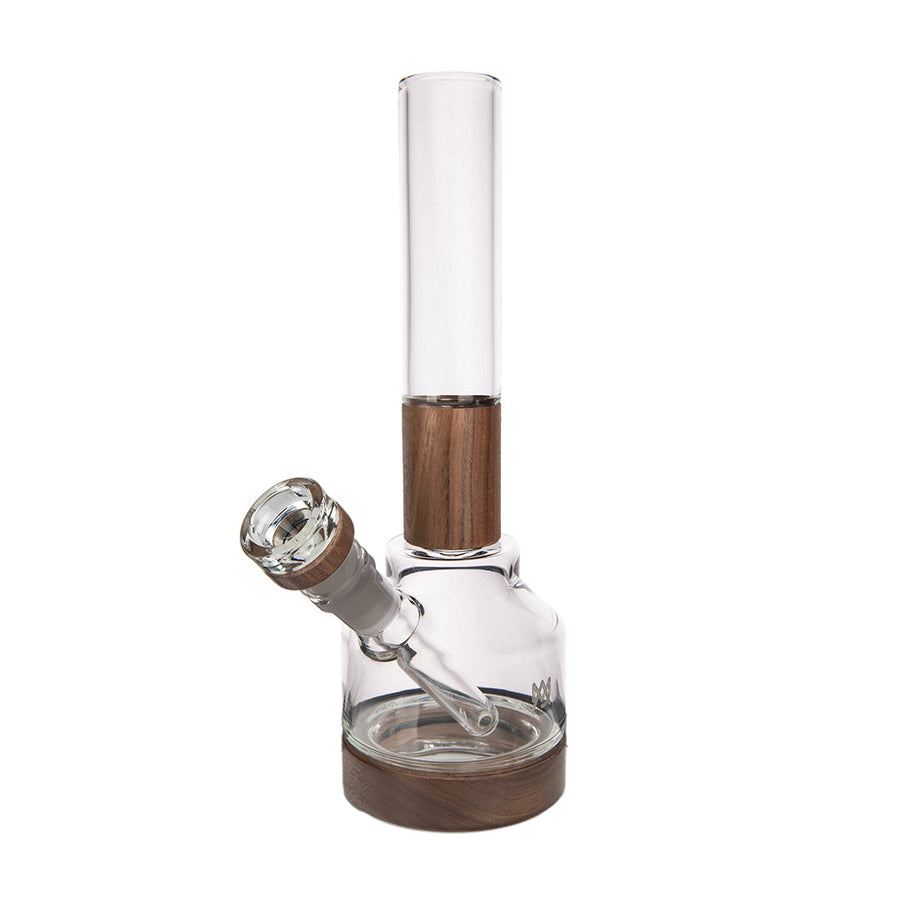
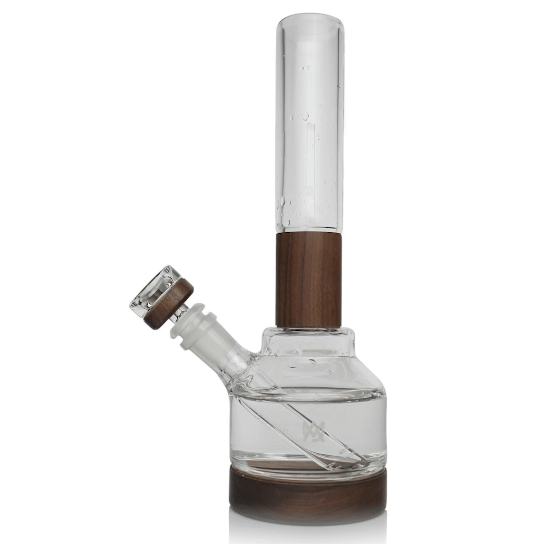
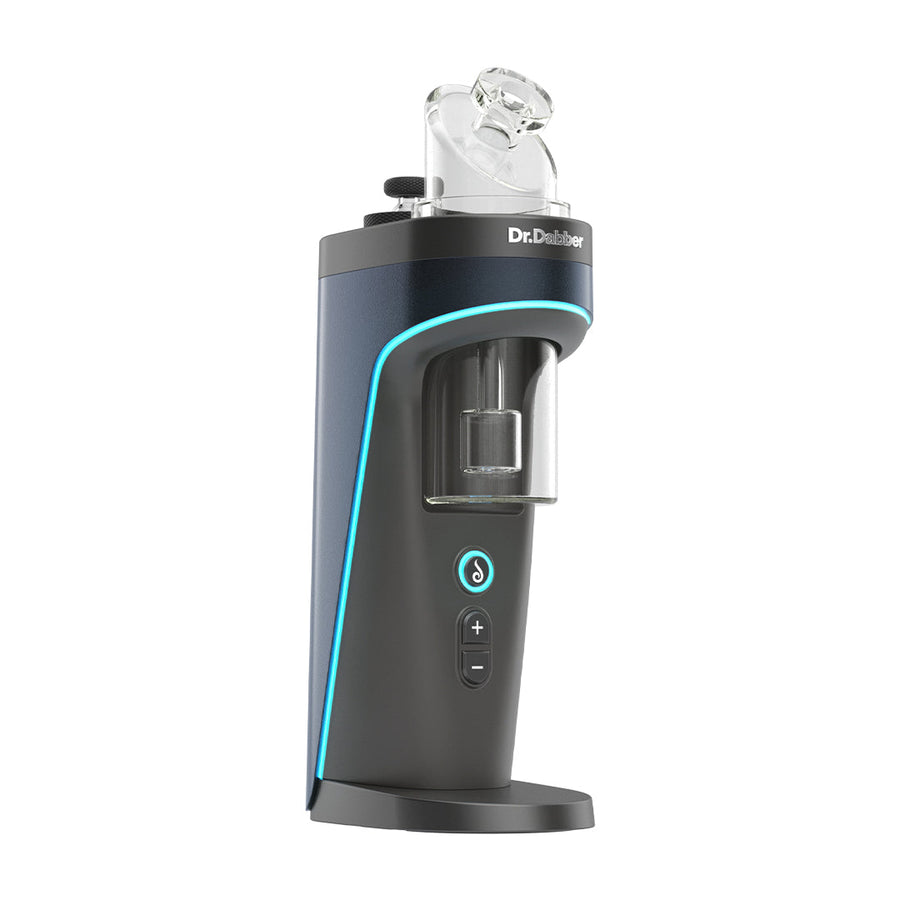
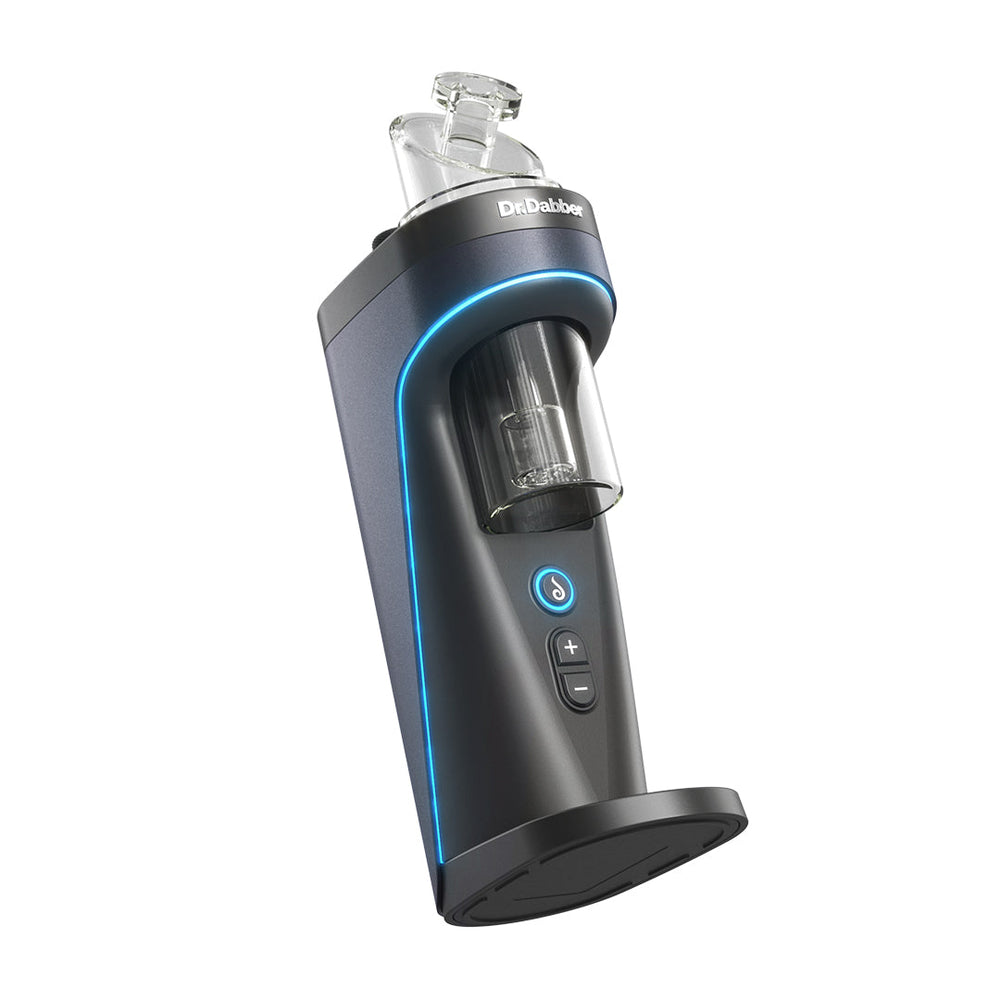
![Vessel Helix Pipe [Copper] - Headshop.com](http://www.headshop.com/cdn/shop/files/ad3c0443-b76d-4fe5-84b8-a617dd50a950.jpg?v=1747419387&width=900)
![Vessel Helix Pipe [Copper] - Headshop.com](http://www.headshop.com/cdn/shop/files/7b0e06e3-9106-4684-80e4-408362c34085.jpg?v=1747419388&width=1000)
![Vessel Wood Vape Pen Battery [White/Beechwood] + - Headshop.com](http://www.headshop.com/cdn/shop/files/4ecd5d0f-363a-454e-a7a0-229fb93bf456.jpg?v=1725470645&width=900)
![Vessel Wood Vape Pen Battery [White/Beechwood] + - Headshop.com](http://www.headshop.com/cdn/shop/files/d232e493-09e6-4574-b44c-3e2bde9425b4.jpg?v=1725470647&width=1000)
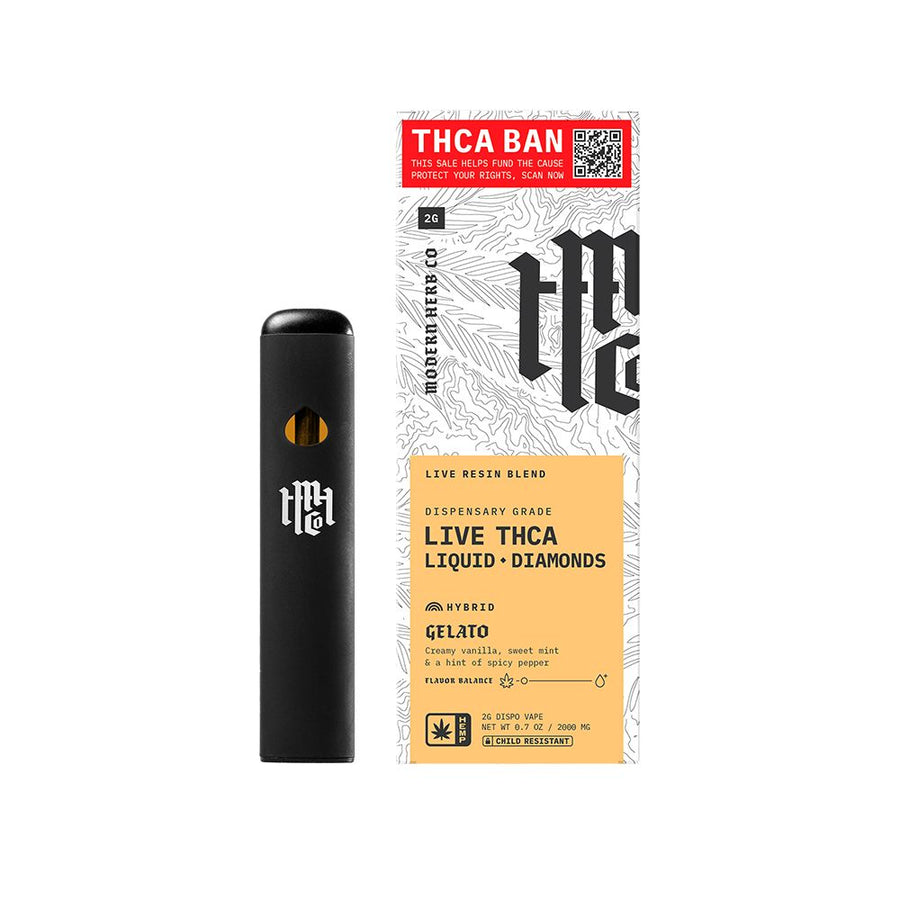
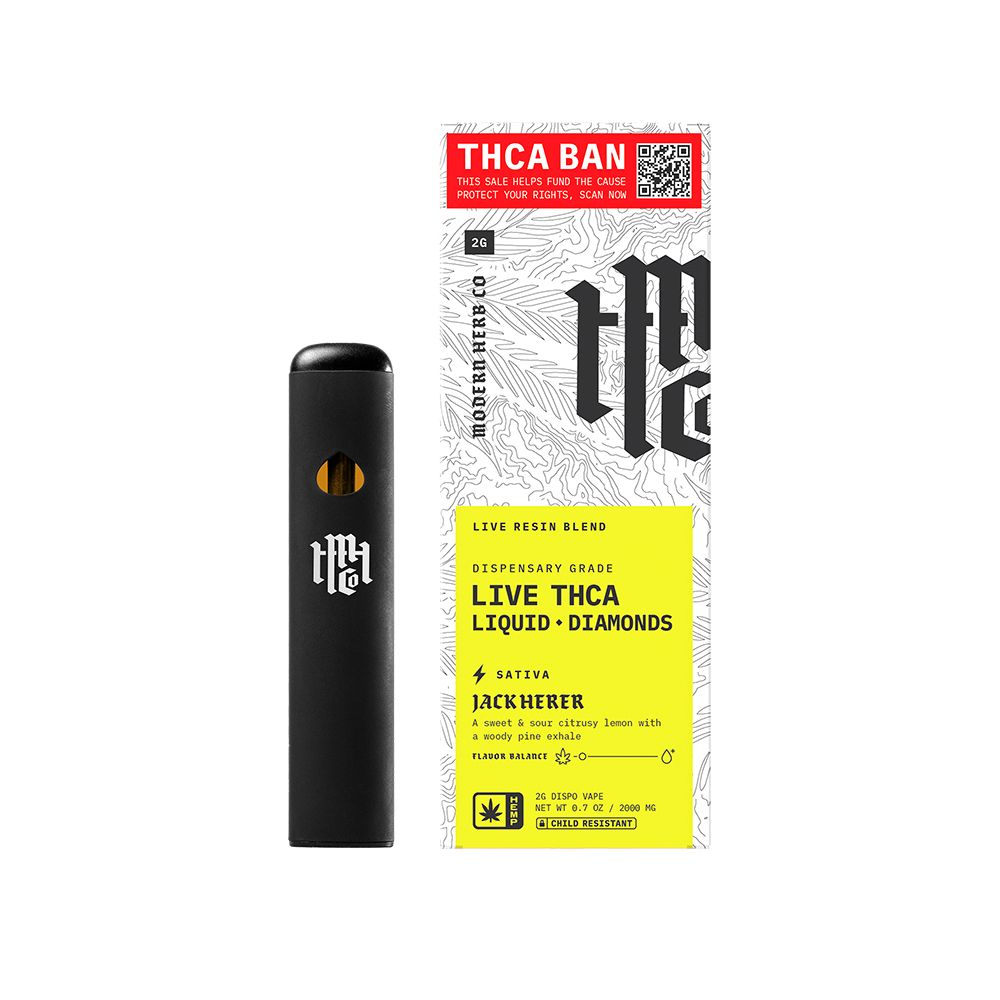
![Vessel Compass Apex Charger [Black] - Headshop.com](http://www.headshop.com/cdn/shop/files/f10e6bf4-6ce7-4a59-a50e-a4184f069754.jpg?v=1729115238&width=900)
![Vessel Compass Apex Charger [Black] - Headshop.com](http://www.headshop.com/cdn/shop/files/dce98c70-346c-405f-aca8-d59c7feed96d.jpg?v=1729115240&width=1000)
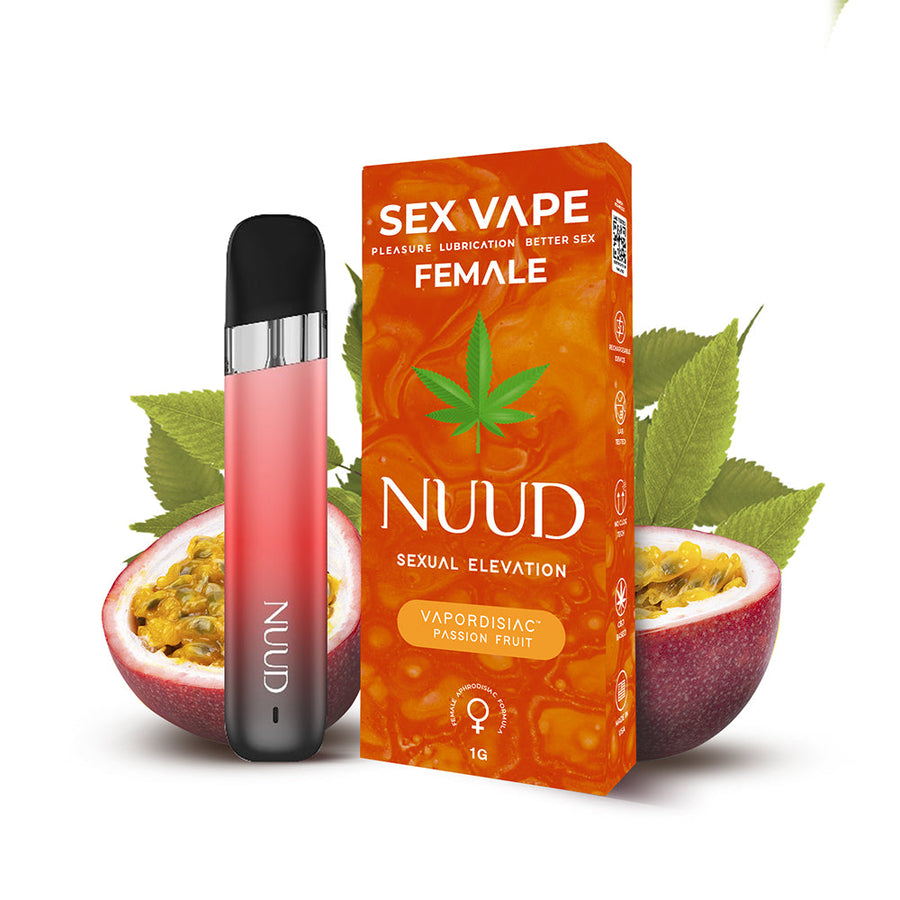
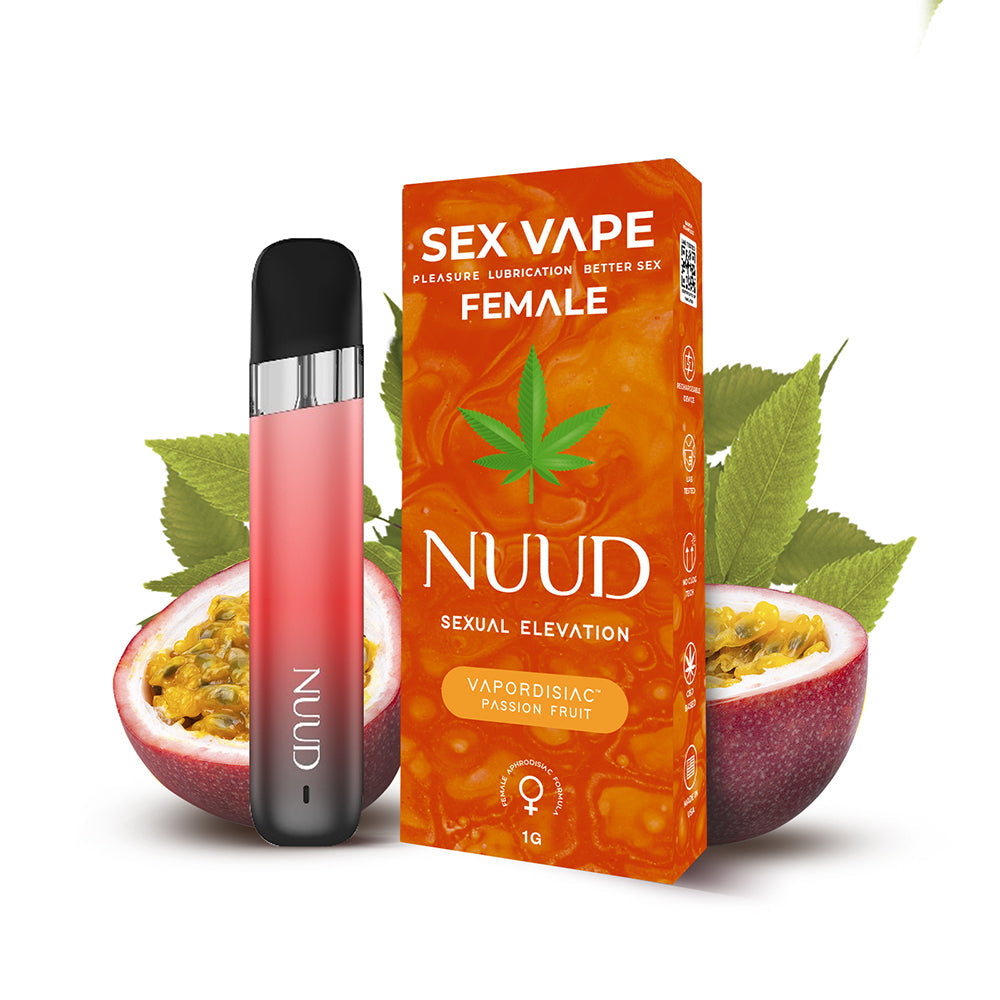
![Vessel Helix Pipe [Black] - Headshop.com](http://www.headshop.com/cdn/shop/files/Pipe_Black_Angle.jpg?v=1744306153&width=900)
![Vessel Helix Pipe [Black] - Headshop.com](http://www.headshop.com/cdn/shop/files/Pipe_Black_Closed.jpg?v=1744306155&width=1000)
![Vessel Compass Rise Vape Bar [Crimson] - Headshop.com](http://www.headshop.com/cdn/shop/files/fc3fd52a-2783-4fac-bd38-bc4f2013a889_5466b32d-da71-427f-8737-bf7d7f5f2c77.jpg?v=1735253136&width=900)
![Vessel Compass Rise Vape Bar [Crimson] - Headshop.com](http://www.headshop.com/cdn/shop/files/66947a99-195c-4deb-b29e-03443ebebd5a_32c35e3d-ba1b-4d4d-a879-3886d37bddf7.jpg?v=1735253136&width=1000)
